How to Massage Your Senior Cat for Pain Relief and Bonding
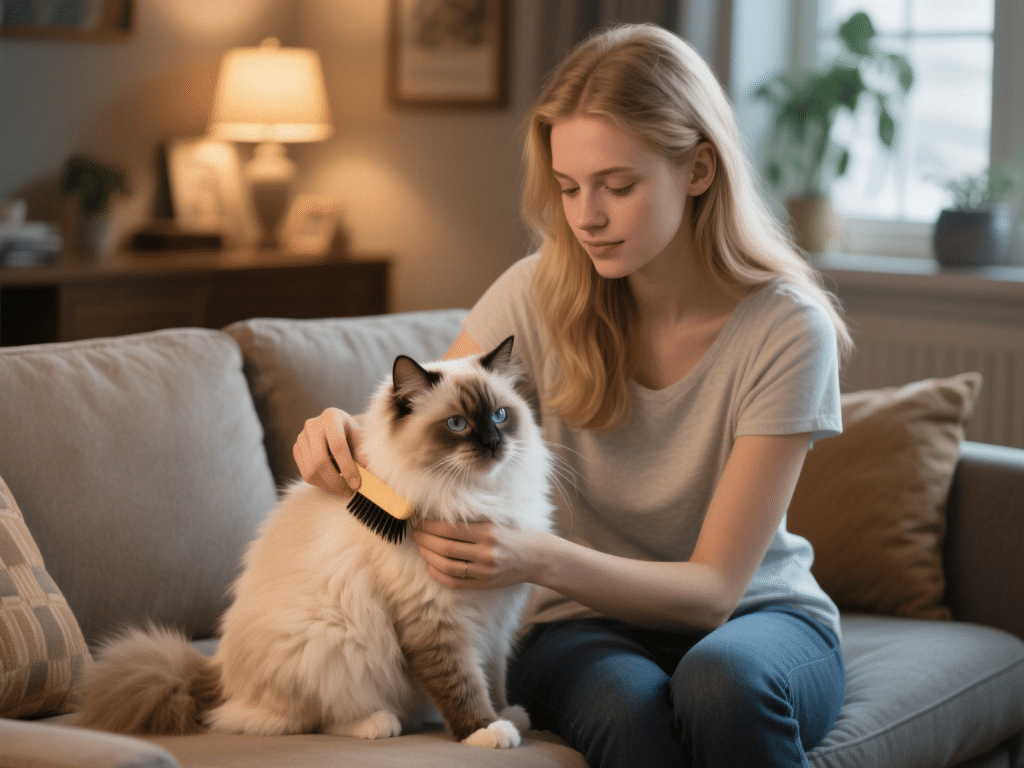
As our feline companions age, they often develop stiffness, arthritis, or tender spots that can diminish mobility and comfort. Gentle massage offers a safe, natural way to relieve pain, improve circulation, and deepen the bond you share. As a pet-care blogger with over 15 years of experience and close collaboration with veterinary behaviorists, I’ll guide you through a step-by-step protocol trusted by experts.
Understanding the Benefits
Pain Relief & Mobility
• Light stroking helps release endorphins.
• Targeted kneading eases muscle tension around hips and spine.Improved Circulation
• Stimulates blood flow to aging joints.
• Speeds delivery of nutrients and removal of waste from tissues.Stress Reduction
• Promotes relaxation hormones (serotonin).
• Strengthens emotional bond, reducing anxiety in elder cats.
When to Massage: Timing & Signs
Ideal time: After your cat finishes grooming or napping, when she’s already calm.
Signs of readiness: Purring, kneading of paws, relaxed posture.
Avoid if: Skin lesions, open wounds, or immediately after surgery—consult your vet first.
Preparing for the Session
Environment: Quiet room, soft blanket, gentle light.
Tools: Clean hands, optional hypoallergenic massage oil (e.g., coconut oil).
Duration: Start with 5 minutes, gradually extend to 15 minutes over weeks.
Step-by-Step Massage Technique
Warm-Up Strokes (1–2 minutes)
Use fingertips to stroke from head to tail, applying very light pressure.
Shoulder & Neck Rub (2–3 minutes)
Place thumbs on either side of the cervical muscles; make small circular motions.
Spinal Glide (2 minutes)
With flat hands, glide gently along the spine, avoiding direct pressure on vertebrae.
Hip and Thigh Kneading (3–4 minutes)
Pinch and knead fleshy areas of the hips in a rhythmic fashion, akin to kneading dough—monitor your cat’s response.
Leg and Paw Stretches (2 minutes)
Very gently extend each limb, holding for two seconds to release tension.
Expert Tips for Success
Watch for discomfort: If your cat twitches the tail rapidly or vocalizes, ease off immediately.
Adjust technique by temperament: Some cats prefer gentle stroking; others tolerate firmer kneading.
Combine with heat therapy: A warm (not hot) heating pad placed nearby enhances muscle relaxation.
Establishing a Routine
Consistency is key. Aim for three short sessions per week. Over time, you’ll notice improved mobility, less stiffness upon rising, and deepened trust.
When to Seek Veterinary Care
Massage is a complementary therapy—not a substitute for professional medical treatment. If you observe severe limping, swollen joints, or behavioral changes, schedule a veterinary exam to rule out underlying conditions such as osteoarthritis or intervertebral disc disease.
Conclusion
Incorporating gentle massage into your senior cat’s wellness routine can transform her quality of life. Through expert-backed techniques and mindful observation, you’ll not only relieve discomfort but also forge an even stronger bond built on trust and compassion.
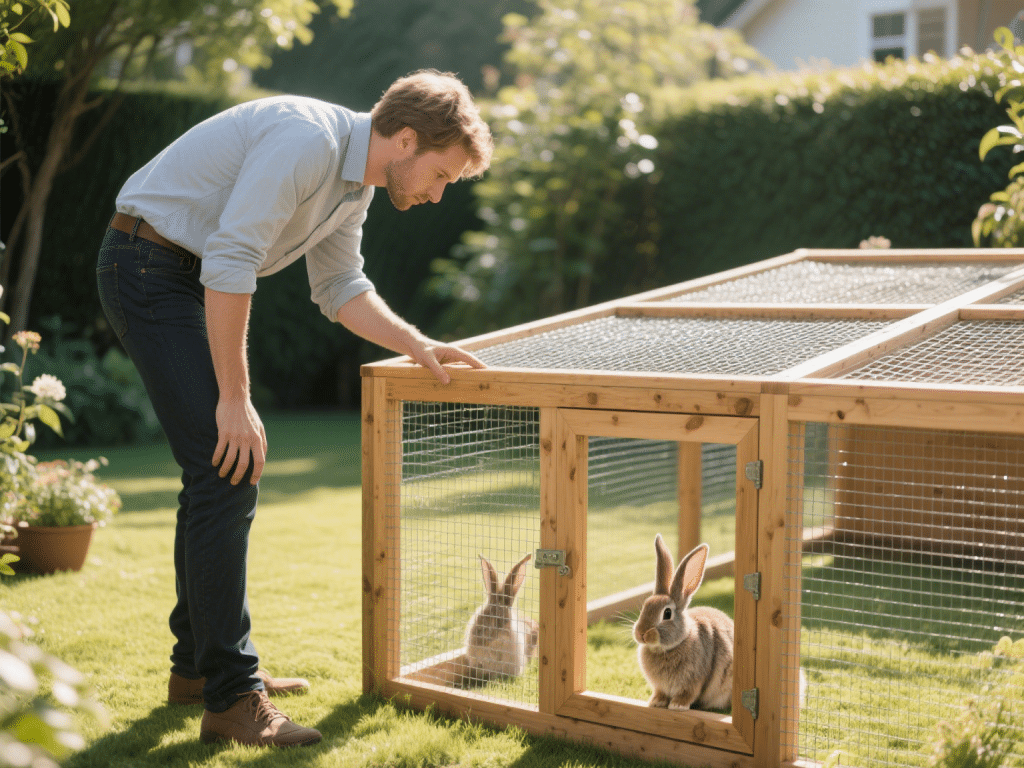
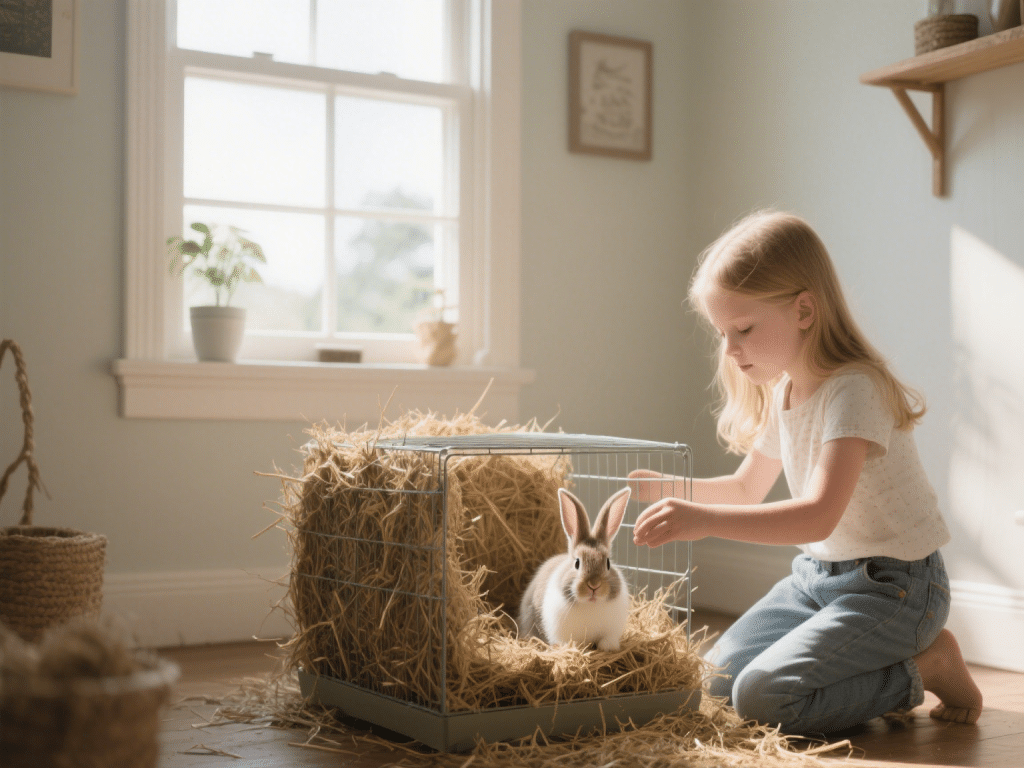
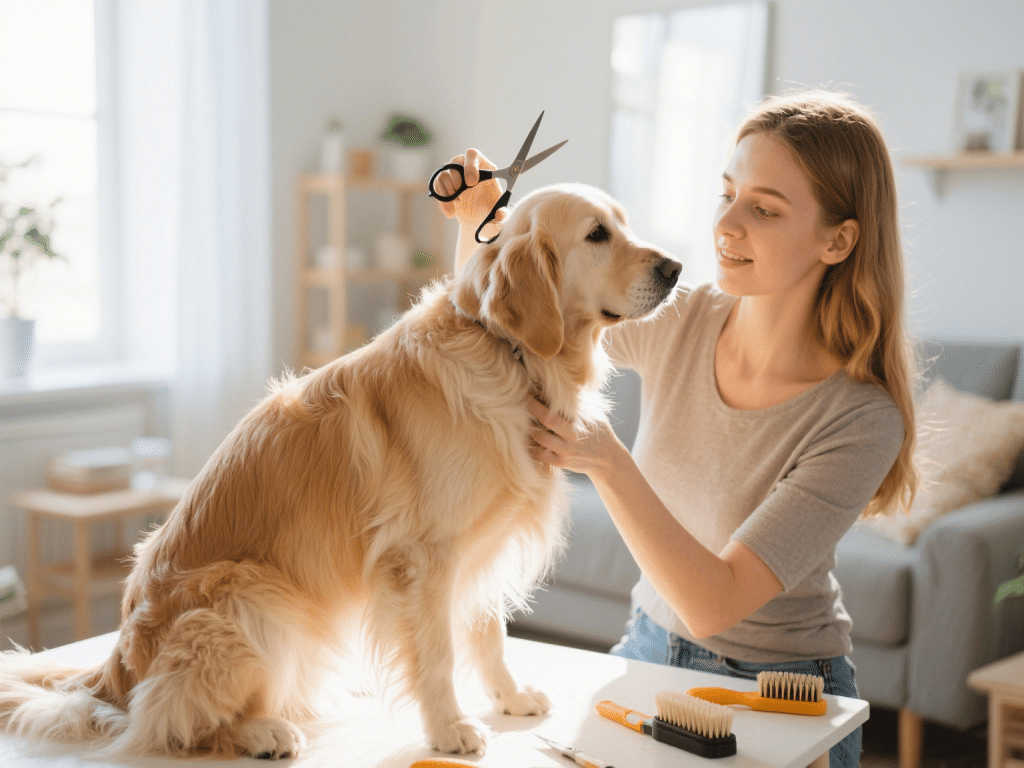
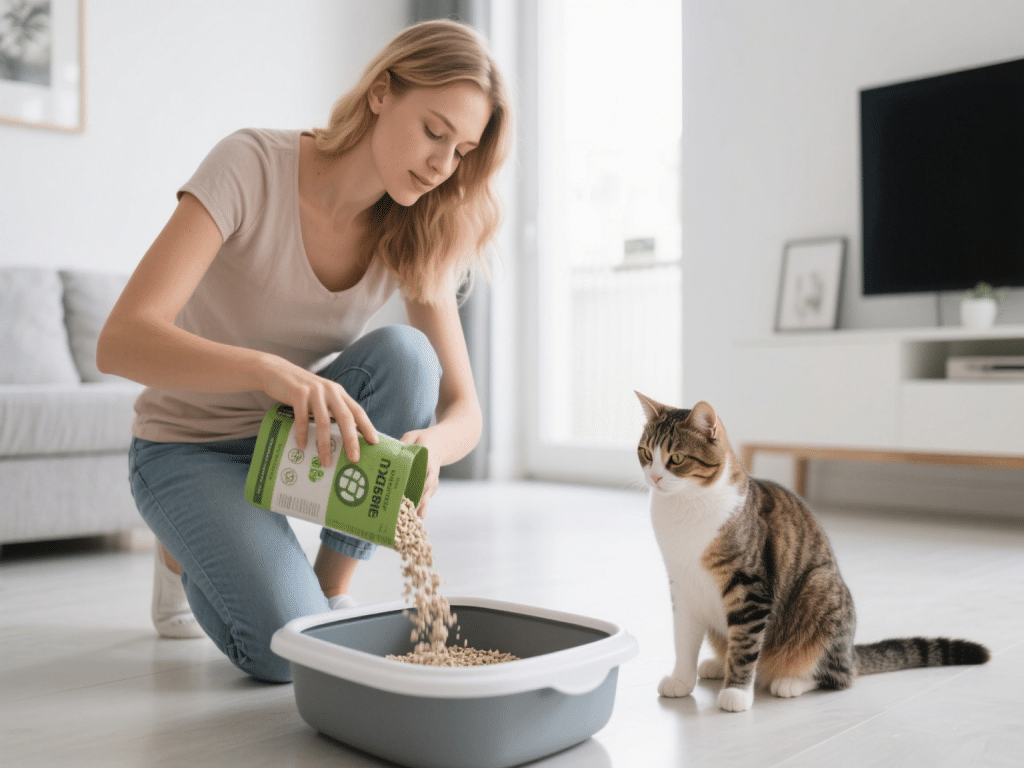
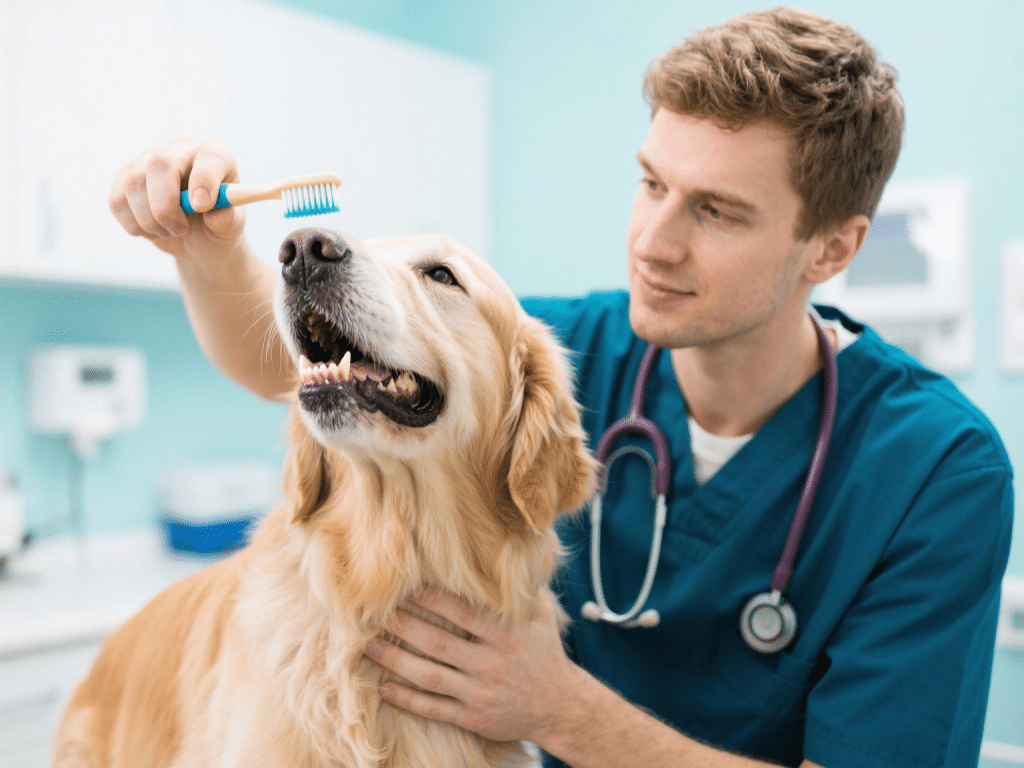

Comments on "How to Massage Your Senior Cat for Pain Relief and Bonding" :